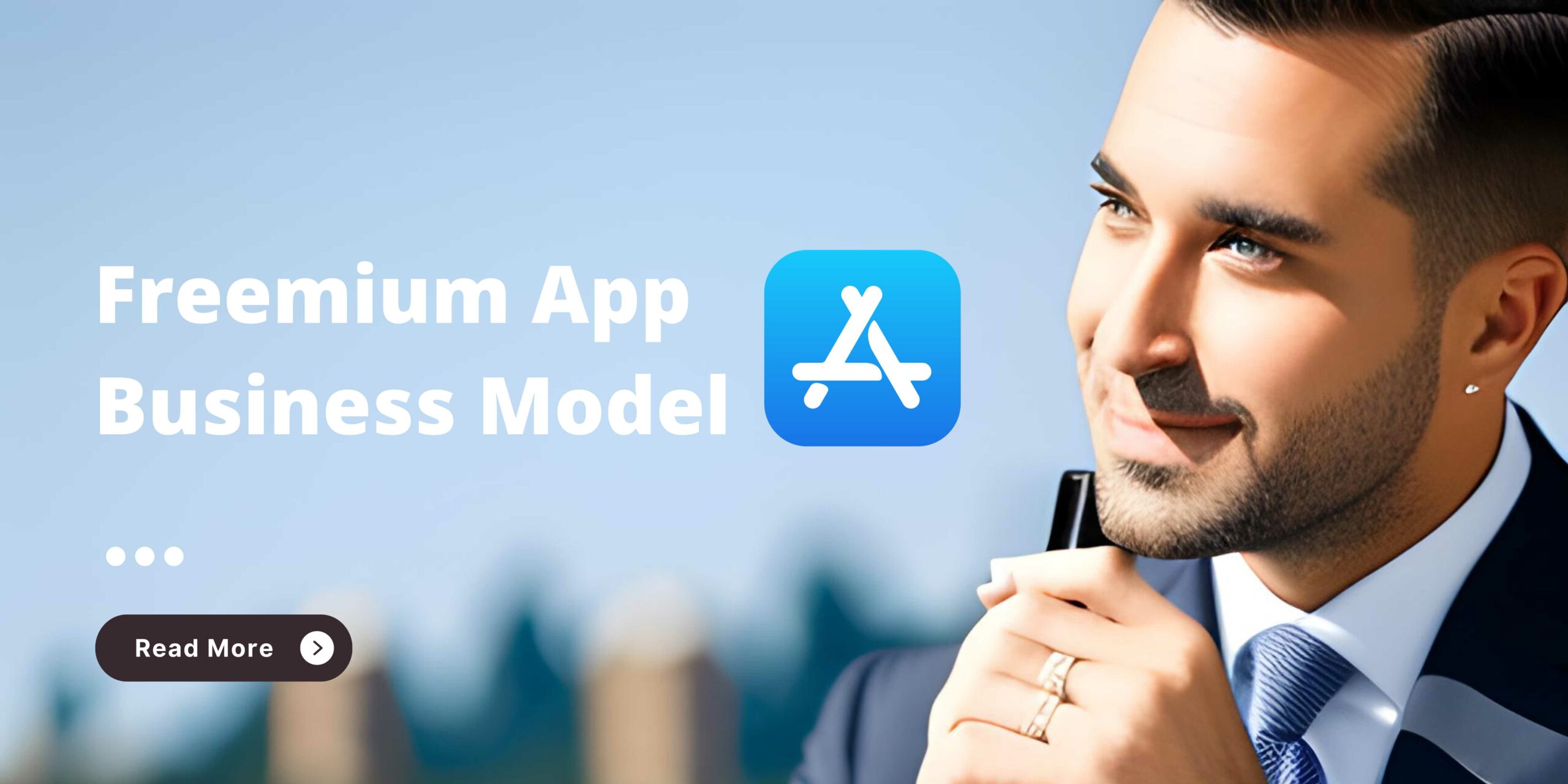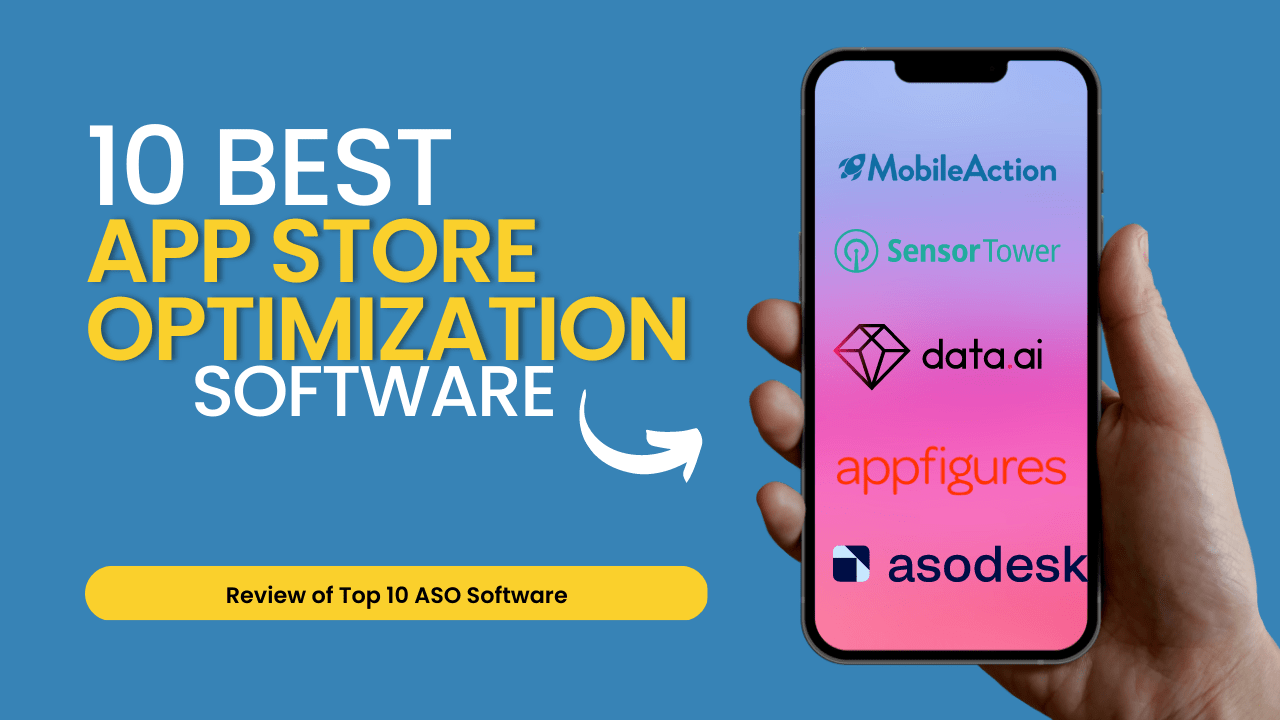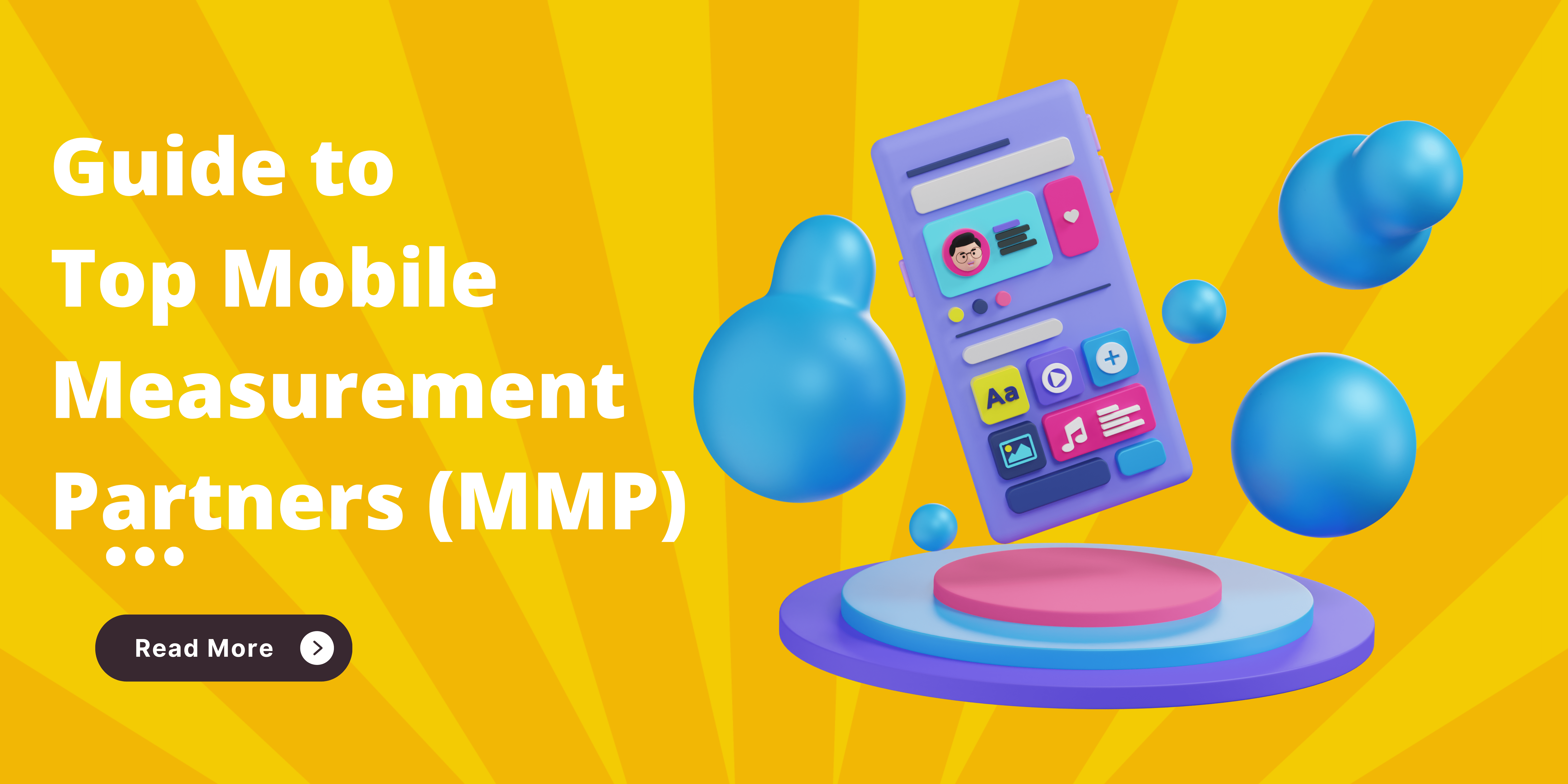- Емаил:јасон@оутранкаппс.цом
- телефон:+1 (305) 340-3049
31 мар

One monetization model for mobile apps on the App Store and Google Play that has proven to be successful is freemium. Freemium is a business model that offers a basic version of an app for free, while premium features are available for a fee. In this article, I will explore the basics of freemium monetization for subscription apps, the different types of freemium models, the advantages of using freemium, and best practices for implementing freemium to maximize profits.
What is a Freemium Monetization Model?
A freemium model is a business model in which an app provides basic features for free while offering premium features for a fee. Freemium models can use advertising, in-app purchases, or in-app subscriptions to generate revenue. Advertising is the most common way to monetize free apps, but in-app purchases and subscriptions are more popular in the freemium model. In-app purchases offer users the ability to purchase virtual goods or features within an app, while in-app subscriptions offer access to premium features for a recurring fee.
Types of Freemium Business Model
Not all freemium models are created equal. In fact, there are several different approaches that businesses can take when it comes to offering free features while still making money. The most common types of freemium models are:
- The paywall model: users can access a limited amount of content or features for free, but must pay to unlock the full experience. This approach is popular with news and media sites, which often offer a certain number of free articles before asking users to subscribe.
- The limited features model: allows users to access most of the app’s functionality for free, but with certain key features locked behind a paywall. This model is common in productivity and creative apps, where users can use the basic tools for free but need to pay to access premium features.
- The advertising model: generates revenue through targeted ads. While users may not have to pay anything to access the app’s features, they will see ads during their experience. This model is often used by social media and gaming apps, which can generate significant revenue through ads while still offering a free experience to users.
Advantages of Using Freemium Monetization Model
- Increased User Acquisition: By offering a free version of an app, businesses can attract a wider audience and increase the number of potential customers.
- Lower Cost of Customer Acquisition: Compared to traditional advertising and marketing methods, freemium models can be more cost-effective in acquiring new customers as users are more likely to try out a free app than to pay for a new one upfront.
- Improved Customer Retention: Users are more likely to stick with an app if they have invested time in learning how to use it. By offering a free version with limited features, developers can create a loyal user base that is more likely to upgrade to the premium version.
- Higher Lifetime Value of Customers: Customers who upgrade to the premium version of an app can provide a steady stream of revenue over time, leading to a higher lifetime value of customers.
Best Practices for Implementing Freemium Monetization
Implementing a freemium model can be a powerful strategy for subscription apps. However, it requires careful planning and execution to be successful. Here are some best practices for implementing freemium in subscription apps:
- Conduct market research: Before implementing a freemium model, it’s essential to conduct market research to understand your target audience and their needs. This will help you define the right freemium features and set competitive prices.
- Define freemium features: Determine which features will be available for free and which features will require payment. Make sure that the free features are valuable enough to encourage users to engage with the app and upgrade to the premium version.
- Create a seamless user experience: It’s important to create a seamless user experience that makes it easy for users to upgrade to the premium version. Avoid confusing or frustrating user experiences that might discourage users from upgrading.
- Set competitive prices: When setting prices for the premium version, make sure they are competitive with other apps in the same category. Research the pricing of similar apps and ensure that your app offers enough value to justify the price.
- Use analytics to optimize revenue: Use analytics to track user behavior and identify patterns. This will help you understand which freemium features are the most popular and where users are dropping off. Use this data to optimize your revenue and improve the user experience.
Freemium Strategies for Mobile Apps
Implementing a freemium model in mobile apps can be an effective way to generate revenue while still offering a free experience to users. Here are some of the different freemium strategies and tools that can be used:
In-App Purchases
One of the most common freemium strategies is offering in-app purchases for additional features or content. This can range from simple upgrades to premium versions of the app, to one-time purchases for specific content or features.
Advertisements
Another way to generate revenue through freemium is by including targeted advertisements in the app. This can be done through display ads, interstitial ads, or video ads, and can provide a steady stream of income for the app.
Trial Periods
Offering a limited-time free trial of the app’s premium features can entice users to upgrade to the full version. This can be particularly effective if the app provides a compelling value proposition that users are willing to pay for.
Referral Programs
A referral program can be a powerful way to increase user acquisition and retention. By offering rewards to users who refer friends to the app, developers can tap into the power of social networks to drive growth.
Cross-Selling and Up-Selling
Another way to increase revenue through freemium is by cross-selling or up-selling other products or services within the app. For example, a gaming app could offer additional game packs for purchase, or a productivity app could offer premium add-ons for a fee.
Gamification
Gamification can be used to incentivize users to engage with the app and unlock additional features or content. This can be done through points systems, badges, or other game-like mechanics that encourage users to spend more time in the app.
Common Mistakes to Avoid with Freemium Monetization
While freemium models can be effective in generating revenue and retaining users, there are several common mistakes that businesses should avoid when implementing this monetization strategy.
- Offering too much for free: While offering some features for free can entice users to try out the app, giving away too much can actually decrease the likelihood of users upgrading to paid versions. It’s important to strike a balance between free and paid features.
- Overloading the app with ads: While ads can generate revenue, too many ads can be a major turn-off for users. This can lead to a decrease in user engagement and, ultimately, a decrease in revenue.
- Failing to provide value for paid features: Users will be less likely to pay for additional features if they don’t see the value in them. It’s important to clearly communicate the benefits of paid features and ensure they are worth the cost.
- Ignoring user feedback and complaints: User feedback can provide valuable insights into how to improve the app and increase revenue. Failing to address user complaints can lead to negative reviews and a decrease in user engagement.
Freemium FAQs
What is a freemium monetization model and how does it work?
A freemium monetization model offers a basic version of an app or service for free, while charging for premium features or access to more content. This model relies on a large user base to generate revenue through a smaller percentage of paying customers.
What are the benefits of using a freemium model?
Freemium models can increase user acquisition, lower customer acquisition costs, improve customer retention, and lead to a higher lifetime value of customers. Additionally, offering a free version of an app can allow users to test and become familiar with the product, increasing the likelihood of upgrading to a paid version.
How can I determine which freemium features to offer in my app?
Conduct market research to identify the features that users value most. Offer a limited set of free features that provide value and demonstrate the app’s potential. Use analytics to track user behavior and identify which features drive engagement and improve conversion rate optimization.
How can I measure the success of my freemium monetization model?
Track key performance indicators (KPIs) such as conversion rates, user retention, and revenue. Monitor user feedback and reviews to assess user satisfaction and identify areas for improvement. Use analytics to identify patterns and trends in user behavior.
How can I ensure that my freemium model is providing value to both free and paid users?
Provide a seamless user experience with a clear value proposition for both free and paid users. Offer free features that provide value and entice users to upgrade. Continually monitor and respond to user feedback and complaints. Ensure that paid features provide significant value and are priced competitively.



Јасон Батански